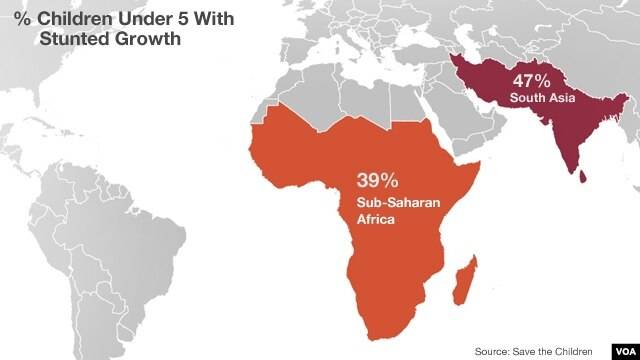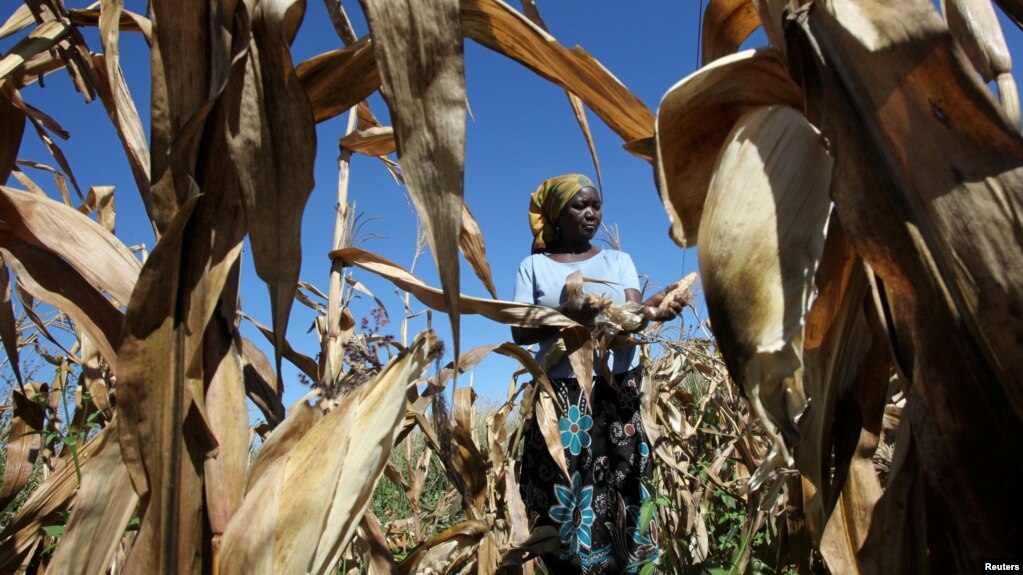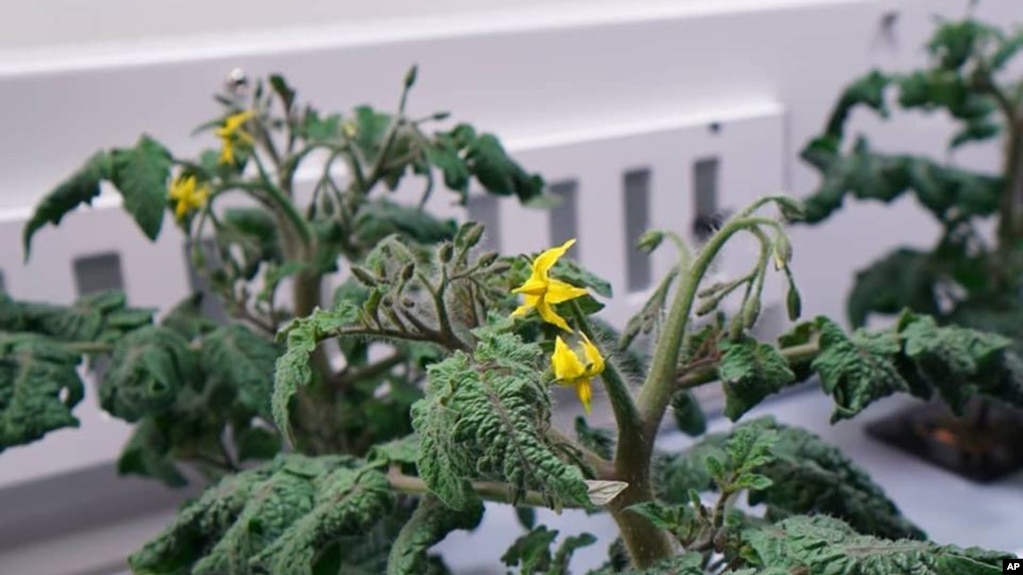- Banned
- #1
THE ECONOMIC COLLAPSE
July 22, 2012
"***
The price of corn hit an all-time record high on Thursday. So did the price of soybeans.
The price of corn is up about 50 percent since the middle of last month, and the price of wheat has risen by about 50 percent over the past five weeks.
On Thursday, corn for September delivery reached $8.166 per bushel, and many analysts believe that it could hit $10 a bushel before this crisis is over.
The worst drought in the United States in more than 50 years is projected to continue well into August, and more than 1,300 counties in the United States have been declared to be official natural disaster areas.
So how is this crisis going to affect the average person on the street? Well, most Americans and most Europeans are going to notice their grocery bills go up significantly over the coming months. That will not be pleasant.
But in other areas of the world this crisis could mean the difference between life and death for some people.
***"
(sentences spaced)
==========================================================
Given your financial resources, your geographic location, and your pecking position,
who cares if our inefficient transportation means, methods and system
wastes irreplaceable energy
and starves human beings and other forms of earthlife?
Really cares?
You?
,
July 22, 2012
"***
The price of corn hit an all-time record high on Thursday. So did the price of soybeans.
The price of corn is up about 50 percent since the middle of last month, and the price of wheat has risen by about 50 percent over the past five weeks.
On Thursday, corn for September delivery reached $8.166 per bushel, and many analysts believe that it could hit $10 a bushel before this crisis is over.
The worst drought in the United States in more than 50 years is projected to continue well into August, and more than 1,300 counties in the United States have been declared to be official natural disaster areas.
So how is this crisis going to affect the average person on the street? Well, most Americans and most Europeans are going to notice their grocery bills go up significantly over the coming months. That will not be pleasant.
But in other areas of the world this crisis could mean the difference between life and death for some people.
***"
(sentences spaced)
==========================================================
Given your financial resources, your geographic location, and your pecking position,
who cares if our inefficient transportation means, methods and system
wastes irreplaceable energy
and starves human beings and other forms of earthlife?
Really cares?
You?
,










